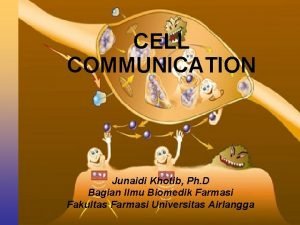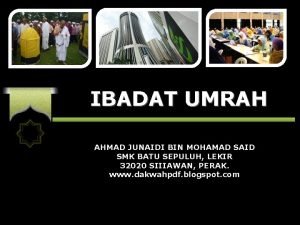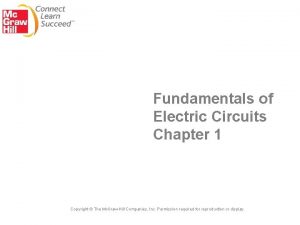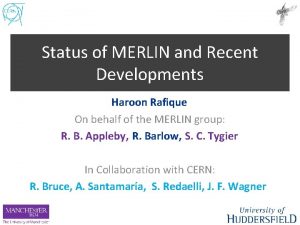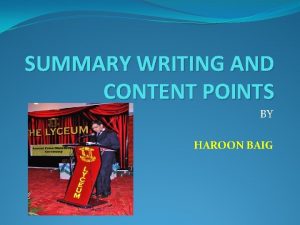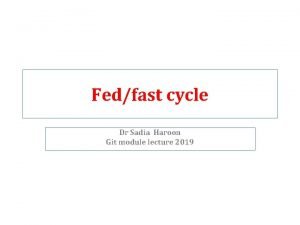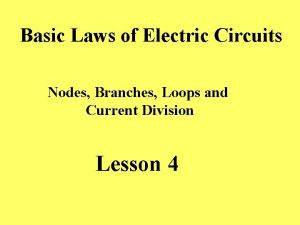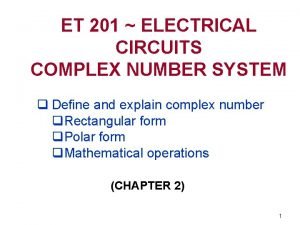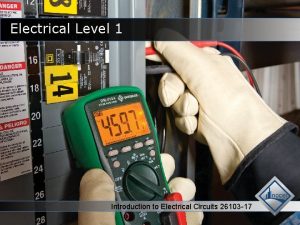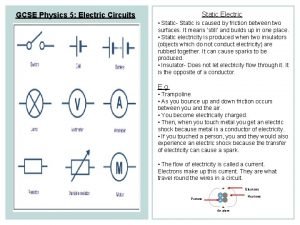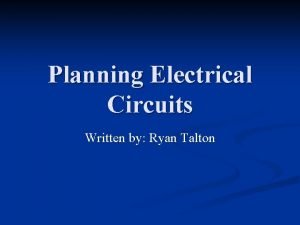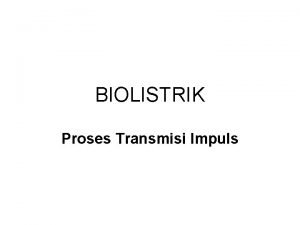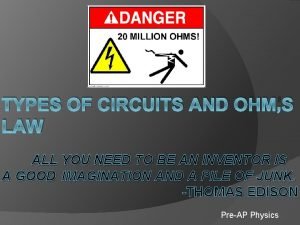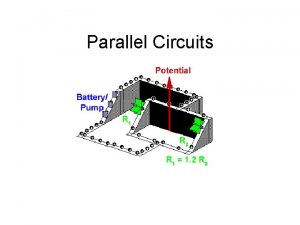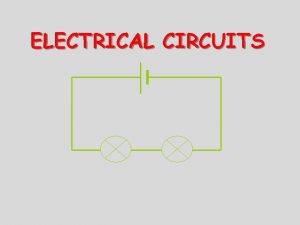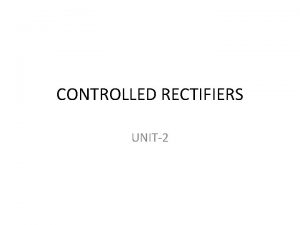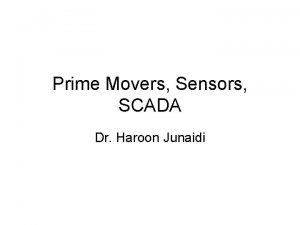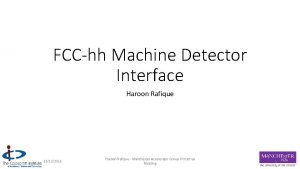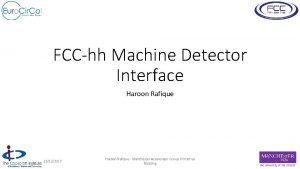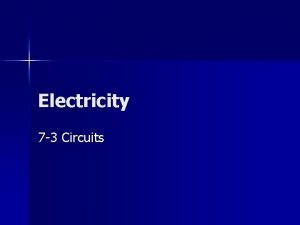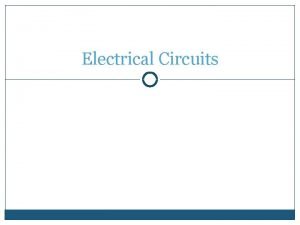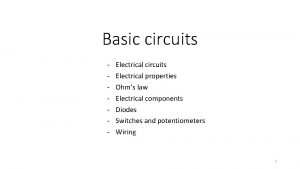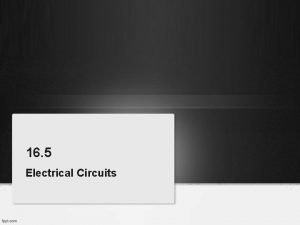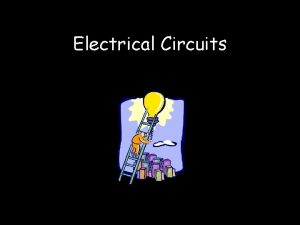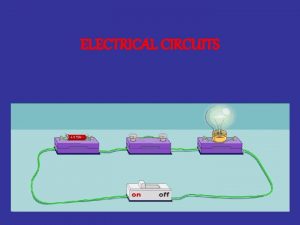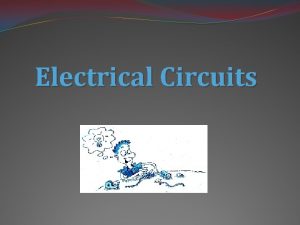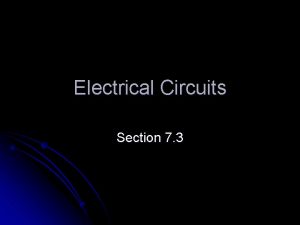Electrical Circuits Transmission Haroon Junaidi Types Transmission Rectifiers





















- Slides: 21

Electrical Circuits & Transmission Haroon Junaidi

Types • • Transmission Rectifiers Full Bridge Rectifiers Ballast Loads

Transformer The ratio of primary to secondary coil winding dictate the output voltage

Energy Losses in Transformer • Energy is dissipated in the windings, core, and surrounding structures • Larger transformers are generally more efficient, and those rated for electricity distribution usually perform better than 98%.

Full Bridge Rectifier

Full Bridge Rectifier

Three Phase Rectification


Electrical Transmission • Power is transmitted at various voltages and both is AC and DC • HVDC offer greater efficiency over longer distances • No insulation is used on the wire • Power lines connecting UK to France and Northern Ireland are HVDC • Transmission voltages are in the range of 500 -138 KV: • In Scotland 275 k. V is the transmission voltage for bulk of the country

Electrical Transmission

Grid Facts Network Size The following figures are taken from the 2005 Seven Year Statement (SYS) • Maximum demand (2005/6): 63 GW (approx. ) (81. 39% of capacity) • Annual electrical energy used in the UK is around 360 TWh (1. 3 EJ) • Capacity (2005/6): 79. 9 GW (or 80 GW per the 2008 Seven Year Statement) • Number of large power stations: 181 • Length of 400 k. V grid: 11, 500 km (circuit) • Length of 275 k. V grid: 9, 800 km (circuit) • Length of 132 k. V (or lower) grid; 5, 250 km (circuit)

Grid Facts - Network Losses Figures are again from the 2005 SYS. • Joule heating in cables: 857. 8 MW • Fixed losses: 266 MW (consists of corona and iron losses; can be 100 MW higher in adverse weather) • Substation transformer heating losses: 142. 4 MW • Generator transformer heating losses: 157. 3 MW • Total losses: 1, 423. 5 MW (2. 29% of peak demand) • Although overall losses in the national grid are low, there are significant further losses in onward electricity distribution to the consumer, causing a total distribution loss of about 7. 7%. • Losses differ significantly for customers connected at different voltages; connected at high voltage the total losses are about 2. 6%, at medium voltage 6. 4% and at low voltage 12. 2%

Corona Discharge

Transmission Wire • Transmission wire are predominantly made up of Aluminium • Voltages less than 33 k. V are usually used for distribution • In the UK transmission costs are about 0. 2 p/k. Wh compared to a delivered domestic price of around 10 p/k. Wh • Burying underground cables (UGC) is the secondcheapest way of transmitting power but lifetime costs are £ 10. 2 m–£ 24. 1 m per km, compared to £ 2. 2 m– £ 4. 2 m per km for overhead lines (OHL), the government-commissioned report found.

Pylons


Pylons • Pylons are a source of visual pollution • Underground cables can cost as high as 18 time more than overhead counter parts • Find out the cost per km of laying pylons on a flat terrain?

HVDC • • • Large amount of power to long distances Small amount of power to small distances http: //www. youtube. com/watch? v=g 17 f 9 J 1 -r-k http: //www. youtube. com/watch? v=_DRMk. N 6 ew. VU Have lower foot print for the same amount of power Lower losses Terminal station and reconversion is costly Less Corona Discharge Thyristors are used for conversion


Transmission Losses • Electronics Use DC • Transmission Uses AC • Every electronic device has an adopter where power is lost

Smart Grid • Grid makes use of feedback • http: //www. youtube. com/watch? v=Yrcq. A_cq. R D 8 • What are the savings expected from a smart grid
 A full wave rectifier with resistive load produces
A full wave rectifier with resistive load produces Struktur usus halus
Struktur usus halus Arah rukun hajar aswad
Arah rukun hajar aswad Ppepp
Ppepp Types of circuit
Types of circuit Copyright
Copyright Advantages of parallel circuit over series circuit
Advantages of parallel circuit over series circuit Dr haroon ur rashid
Dr haroon ur rashid Haroon rafique
Haroon rafique Content points obtained
Content points obtained Salaina haroon
Salaina haroon Fedfast tag
Fedfast tag Branch in electrical circuit
Branch in electrical circuit Et 201
Et 201 Nccer introduction to electrical circuits
Nccer introduction to electrical circuits Electrical circuits gcse
Electrical circuits gcse Planning electrical circuits
Planning electrical circuits Biolistrik
Biolistrik Types of circuits and ohm's law answer key
Types of circuits and ohm's law answer key Types of circuits
Types of circuits Type of circuit
Type of circuit Different types of circuits
Different types of circuits
